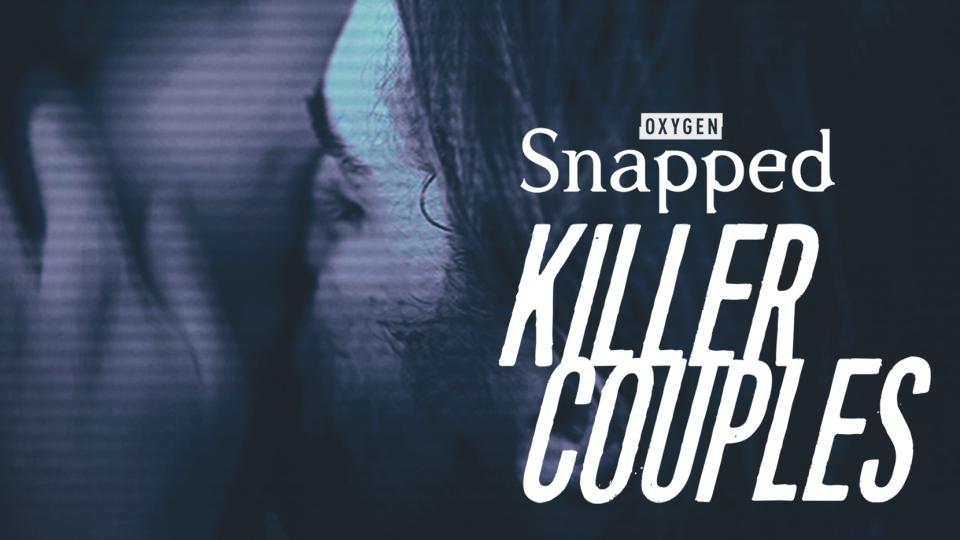Research Symposium
25th annual Undergraduate Research Symposium, April 1, 2025
Elizabeth Cortina Poster Session 2: 10:45 am - 11:45 am/ Poster #117

BIO
Hi my name is Elizabeth Cortina and I'm currently first-year pre-law student at Florida State University's Honors Program. I'm currently pursuing a Bachelor of Science in Sociology with a double major in Political Science in FSU's Degree in Three program and interning at the Department of Education. I plan to pursue the More in Four program's Masters of Applied American Politics and Policy after I finish with my undergraduate degree, and hope to attend law school in the near future as well. My on-campus involvements include being an associate editor for the Undergraduate Law Review, Assistant Director of Research for the Sunshine Society, the Legislative Certification Program, Women in Government, and Women in Pre-Law Society.
A Qualitative Content Analysis of How “Snapped: Killer Couples” Portray Female Perpetrators Versus Their Male Partners
Authors: Elizabeth Cortina, Ashley JohnsStudent Major: Sociology and Political Science
Mentor: Ashley Johns
Mentor's Department: Communication Mentor's College: Communication and Information Co-Presenters: Jordyn Phillips, Anarelis Galvez Marquez
Abstract
Half of Americans consume true crime content with morbid human curiosity, attributed to its popularity in the modern sphere. This research study delves into how the portrayals of men and women homicide perpetrators differ in the true crime show "Snapped: Killer Couples" and how directional decisions (i.e., what the director felt was important to re-enact) shaped the gendered narrative of the perpetrators. The team utilized qualitative content analysis, creating a codebook to use when watching the show about the possible existing differences in male/female representation in criminal media. The codebook consisted of categories such as perpetrator, gender, race, relationship to the partner in crime, homicide type, motivation, relationship to the victim, competency, sexual orientation, and media frames. The research is still being conducted, but preliminary implications based on initial coding have shown that, even in the modern sense, women tend to be portrayed in true crime media as either villainous or victims. The villainous woman is demonized by the media and seen as monstrous, possibly seductive to their male partner; the victimized woman is subject to the will of her partner, an illness, or "hysteria" in response to outside masculine sources.
Keywords: True crime, gender, media


